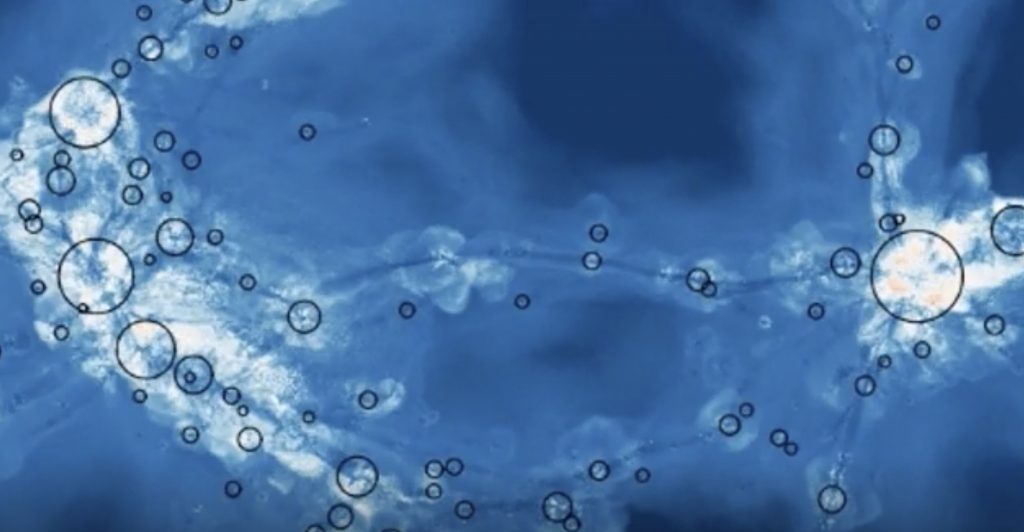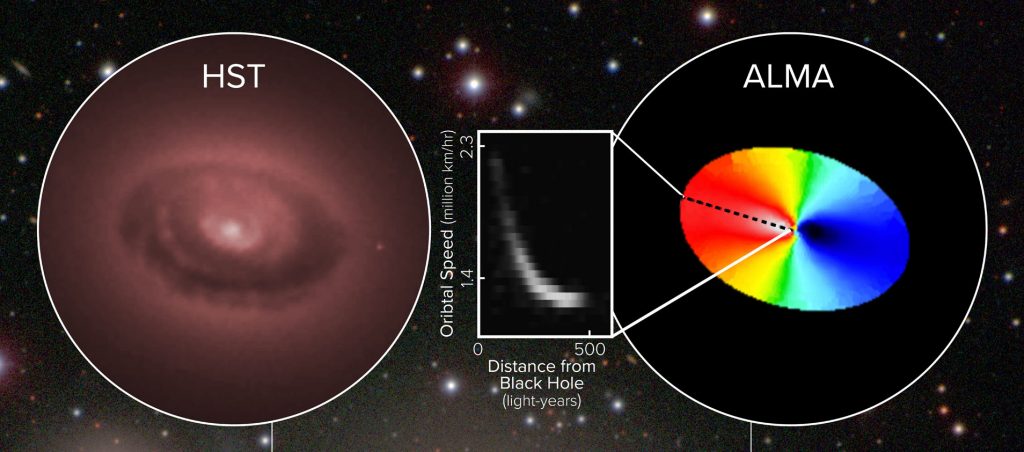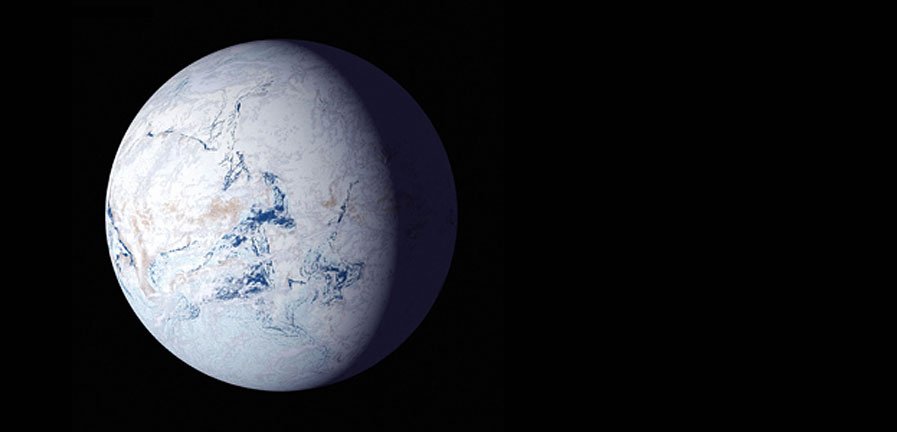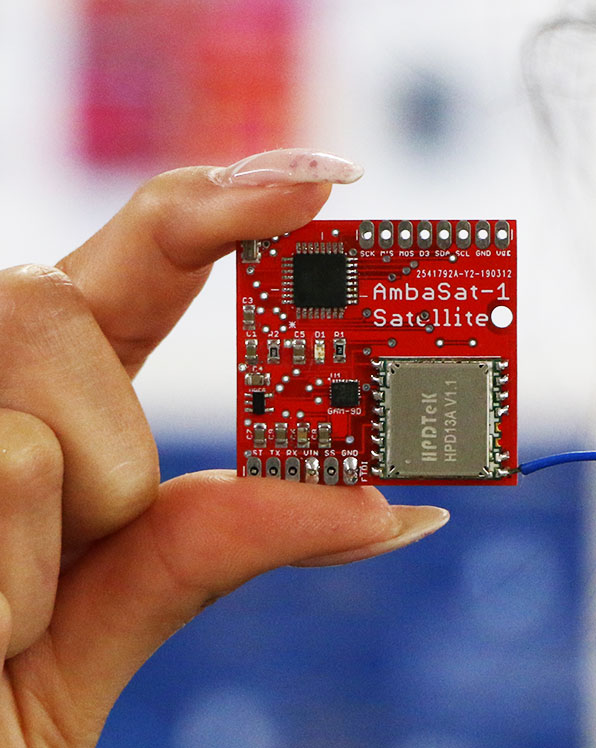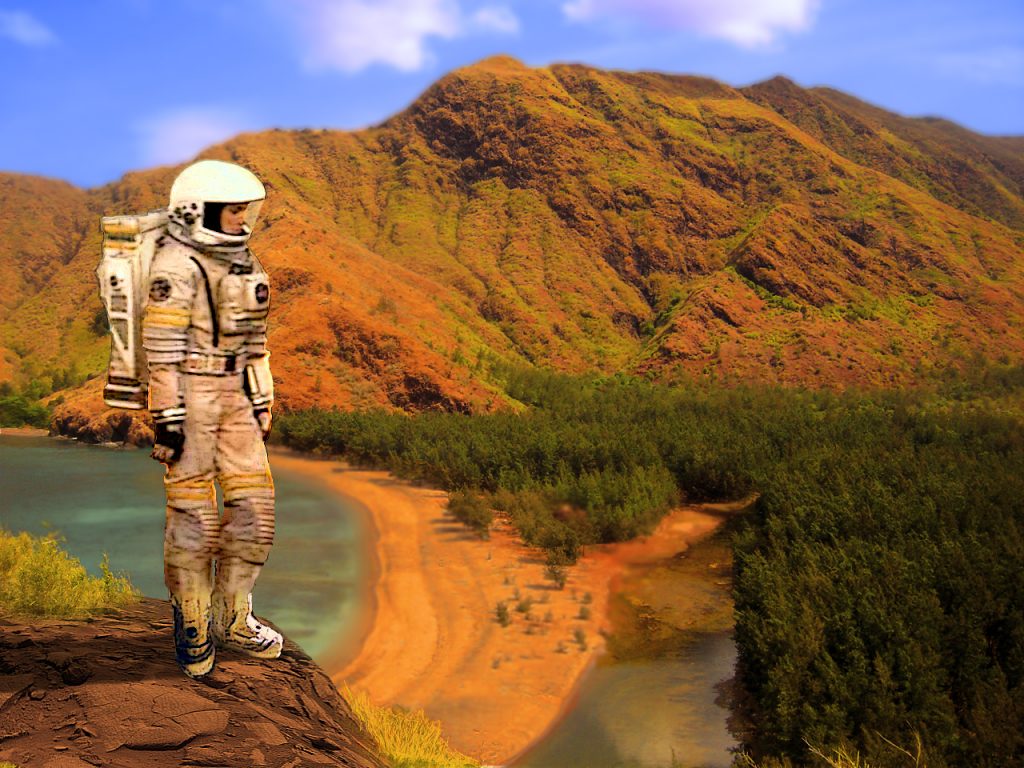ISS Above: your direct line to the International Space Station
Since 2014, four high-definition cameras on the outside of the International Space Station ISS have been tracking what’s going on in space. “ISS Above” can bring this video stream (and a lot more information) right to your television screen. Normally, the cameras are filming our planet and thus offer a unique look at the Earth as usually experienced only by astronauts. However, the Earth is visible in the video stream only when the ISS is above the Sun-lit side of the Earth during its 92-minute orbit around our planet at an altitude of about 450 kilometers (280 miles). That…
A radio view into a black hole’s backyard
By definition, black holes themselves remain shut off from direct observation. But astronomers have been able to precisely image the sphere of influence of a black hole – the area in which its gravity is the dominant force. In the case of a supermassive black hole in the interior of a galaxy, this area can be up to 500 light-years across. For comparison, the closest star to the Sun is a good four light-years away. This imaging was done by the Atacama Large Millimeter/submillimeter Array (ALMA) in the Atacama desert of Chile. NGC 3258, a giant elliptical galaxy about…
Life might also exist on cold planets
Our Earth has already lived through several ice ages, during which the oceans were covered with ice all the way down to the equator – so-called Snowball eras. Life on our planet has survived all these times; primarily due to one reason: at the time, life existed only in the oceans, and the depths of the oceans still offered good conditions for life. What would have happened if life had already made its way onto land? That was the basis of a study done by Canadian researchers. Snowball Earths result basically when the percentage of carbon dioxide (CO2) in…
Next year in space? Launch your very own satellite
While searching for interesting space gadgets (I also always gladly accept tips and suggestions), I came across a very exciting project. How would you like to be able to send your very own satellite into space? And it wouldn’t cost you millions of dollars or even hundreds of thousands of dollars; for less than 300 dollars and your own time and effort, you can have your own personal satellite called AmbaSat-1. How does it work? You can find a description at www.ambasat.com. AmbaSat-1 is a micro-satellite. Basically, it’s an electronic circuit board with a surface area of 35 mm…
How our Milky Way was born
13 billion years ago, the universe looked quite different. Stars formed in rapid sequence and joined to form dwarf galaxies that grew bigger through collisions with each other, in order to finally become the massive galaxies we see today. Our Milky Way was formed through a similar process. Spanish researchers at the Instituto de Astrofísica de Canarias (IAC) have now succeeded in retracing the development of our home galaxy using data from the Gaia satellite. To do this, the astronomers compared the position, brightness, and distance of a million stars within a 6,500 light-year sphere. In this way, they…
Have you ever seen a moon being born?
It starts with a cloud of gas and dust. The cloud contracts into a disk and a star ignites at its center. Planetoids form around the star in the protoplanetary disk and grow into planets. Around the planets, in turn, are dust disks that eventually form moons. Up to that last step, this theory of solar system formation had long been confirmed by observations. But no telescope had yet discovered a dust disk around a planet. Now one has. ALMA, the Atacama Large Millimeter/submillimeter Array made the first such observation in the young solar system of PDS 70, which is…
Transforming Mars into a second Earth – a simple trick
In the journal Nature Astronomy, researchers have presented an exciting method for transforming Mars into a fertile planet: they want to cover our neighbor with a thin layer made of silicate aerogels. How is that supposed to work? The Red Planet has two properties that make the existence of life on its surface more difficult. First, it is significantly too cold there, and second, life can be destroyed by the cosmic radiation that is incident on the Mars surface in much higher amounts than on the Earth due to Mars’s thin atmosphere. If we wanted to create Earth-like conditions, for…

